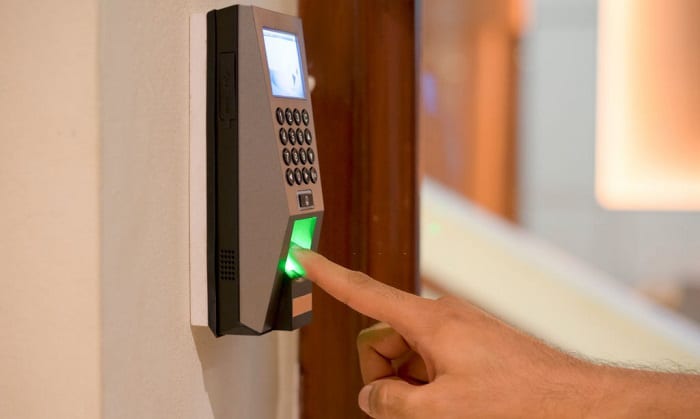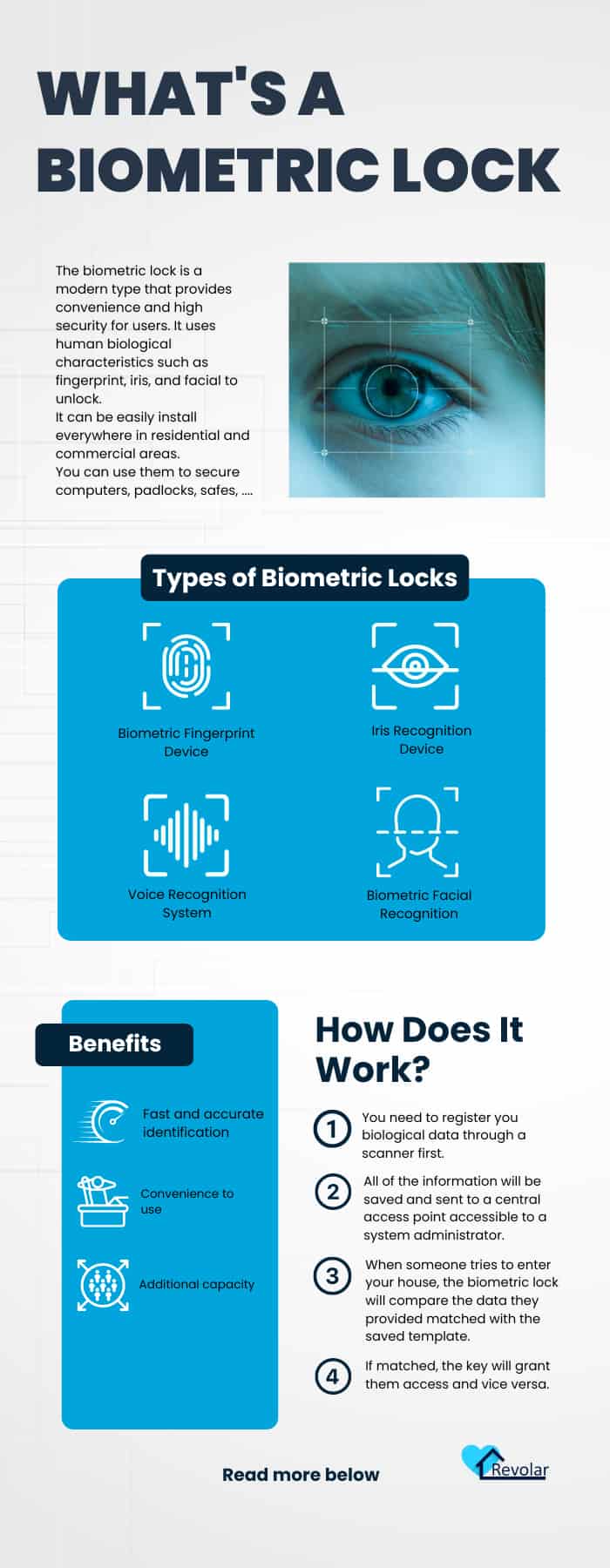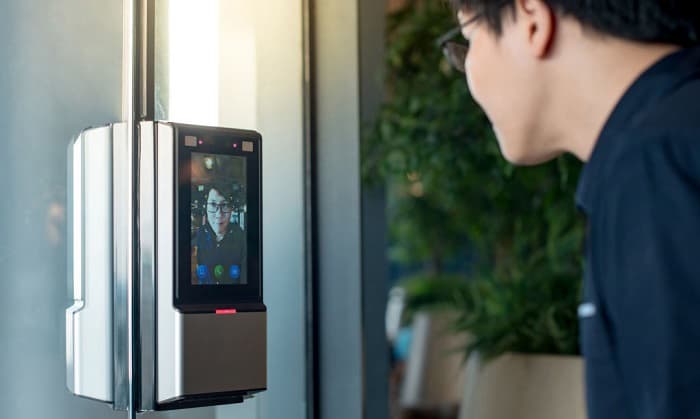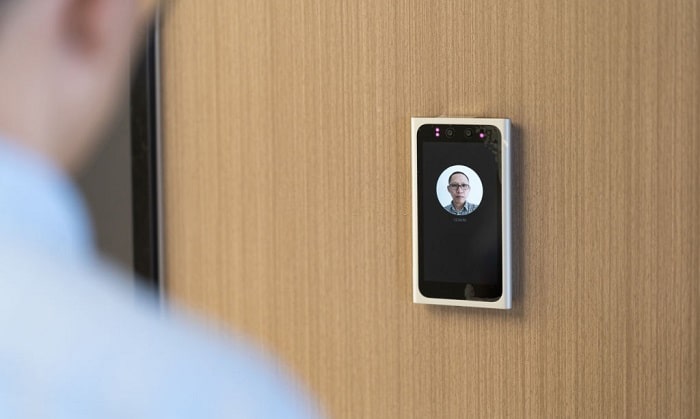What is a biometric lock? Instead of traditional keys, RFID cards, and passcodes, a biometric lock verifies the biological measurements given by the user. This access code can be fingerprint, face, ears, veins, iris, or voice. Once it matches, it will grant access.
Biometric locks provide convenience while ensuring the security of homes and businesses. They will spare you dealing with the missing keys and forgotten passwords. By letting the device scan your access code, the lock will automatically open.
Table of Contents
How Does a Biometric Lock Work
First, you have to register your biological data through a scanner. Once scanned, the lock will convert it to numerical data and save the template you provided. If you want to give access to someone you know, the same process is repeated.
All of the information can be sent to a central access point accessible to a system administrator. The system administrator is in charge of managing the database and entering new data, and deleting the old ones.
Every time someone tries to enter your house, the biometric lock will compare if the data they provided matched with the saved template. If it matches, the lock will grant them access. If it does not match, there is no way they can enter your home.
Types of Biometric Locks
There are different types of biometric door locks available nowadays. Various ways for recognition, identification, and verification are designed to ensure the maximum security of homes and businesses.
1. Biometric Fingerprint Device
Fingerprint scanner locks work by scanning the fingerprints of the people. The lock captures the image of the fingerprint, and it runs through the software to look for a match. If it has found one, it opens the lock with fingerprint.
2. Iris Recognition Device
Another type of biometric lock is the iris recognition device. With the different colors of the eyes and their unique patterns, they help in identifying individuals. Aside from that, it provides contactless authentication.
3. Voice Recognition System
With unique tone, pitch, and frequency, the voice recognition system is now incorporated into the biometric lock mechanism. After enrollment, the voice is converted into a digitized sample. Through voice, you can lock and unlock the device.
4. Biometric Facial Recognition
A biometric facial recognition works by analyzing the nodal points of the face, such as the nose’s width, cheekbone’s shape, jawline’s length, and eye sockets’ depth. Whenever an individual faces the camera, the device looks for the matches saved in the database.
What Are the Benefits of Using a Biometric Lock
1. Fast and accurate identification
For only a matter of seconds, a biometric lock unlocks. You only have to let the device scan the biological measurements required. Also, the passcodes cannot be forged or engineered. The device requires the exact patterns and features before granting access.
2. Convenience to use
A biometric lock provides convenience when your hands are full of grocery bags. Instead of entering the codes or digging your keys, you only need to place your finger on the scanner or let the device scan your eyes, voice, or face.
3. Additional capacity
Some employers prefer to use biometric locks because of their capacity. They can add new data for new users and grant them access inside the establishment. Instead of duplicating more keys, they can add the profile of the new user to the database.
Frequently Asked Questions
1. What is the difference between biometric verification and identification?
During biometric verification, the device checks if the biological measurement provided by an individual exists in the database. Biometric identification, on the other hand, aims to know the person who provided the data. This process is used on forensic databases.
2. How does multiple-factor authentication work?
Multiple factor authentication works by requiring the users two or more methods of authentication before granting access. Some biometric locks have two-factor authentication. The first factor is the fingerprint and the second one is the passcode.
3. Where are biometric locks commonly installed?
You can install biometric locks in residential and commercial areas. They are also useful in keeping exclusive areas restricted. You can also use them to secure computers, padlocks, and safes. Most of the companies also incorporate them with time clocks.
Conclusion
Because of their benefits, biometric locks are installed in residential and commercial areas. These devices are also incorporated on time clocks and computers. They offer fast and accurate identification, convenience, and a large capacity.
Now, you know the answer to the question ‘what is a biometric lock?’ The additional information about it will help a lot if you want to upgrade your home security. We also identify the different types of biometric locks that you can choose from.
Feel free to share this article or leave a comment if you want. Thank you for reading!

I am the last member to join Revolar and might be just the luckiest to work with dedicated people like Teddy and John. Our team has established a process where my only job is writing the best content to deliver incredible ideas and guides.






